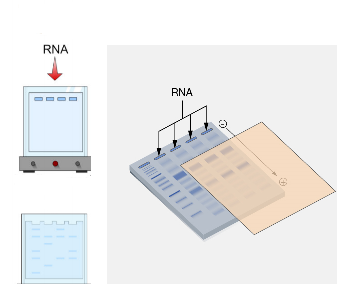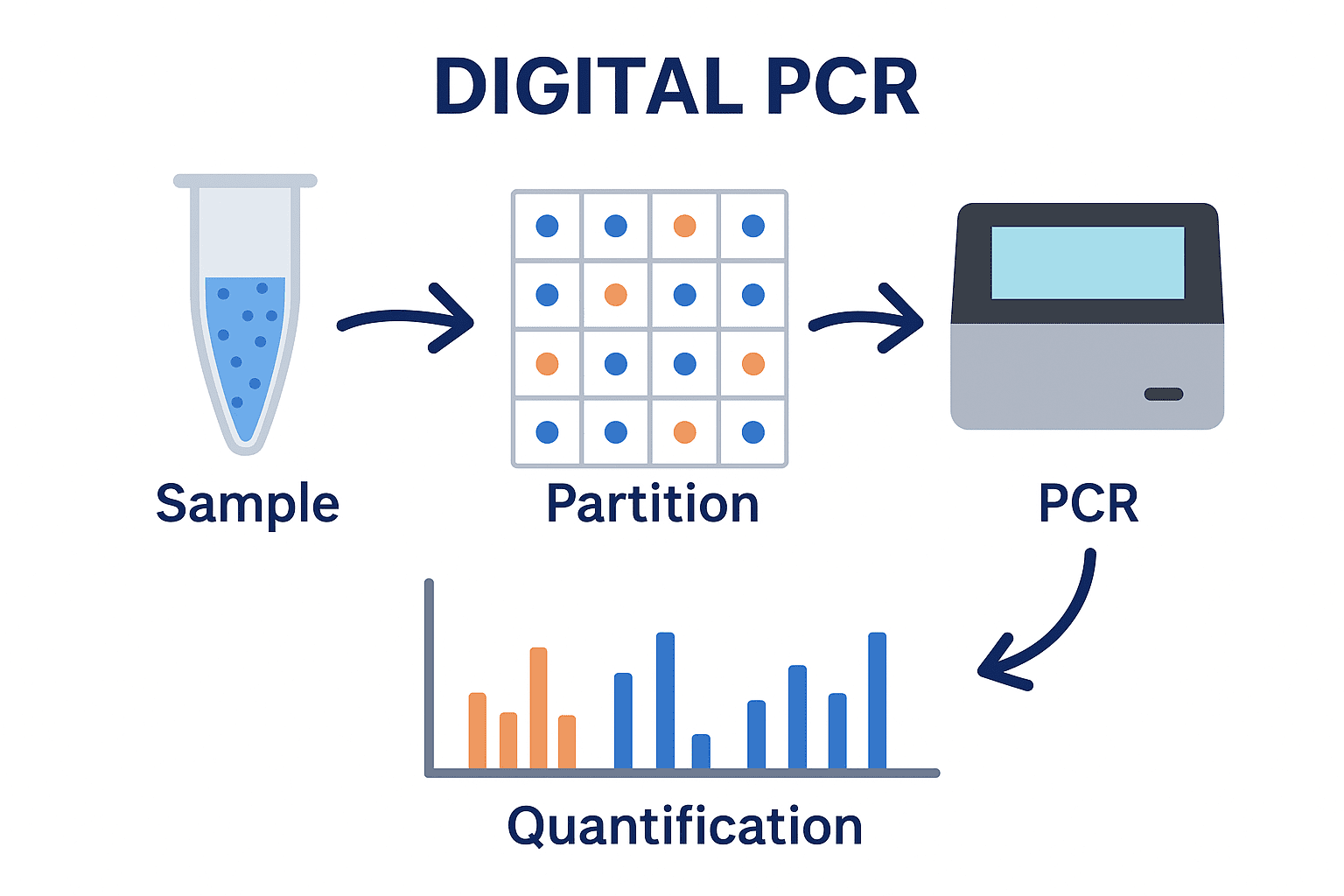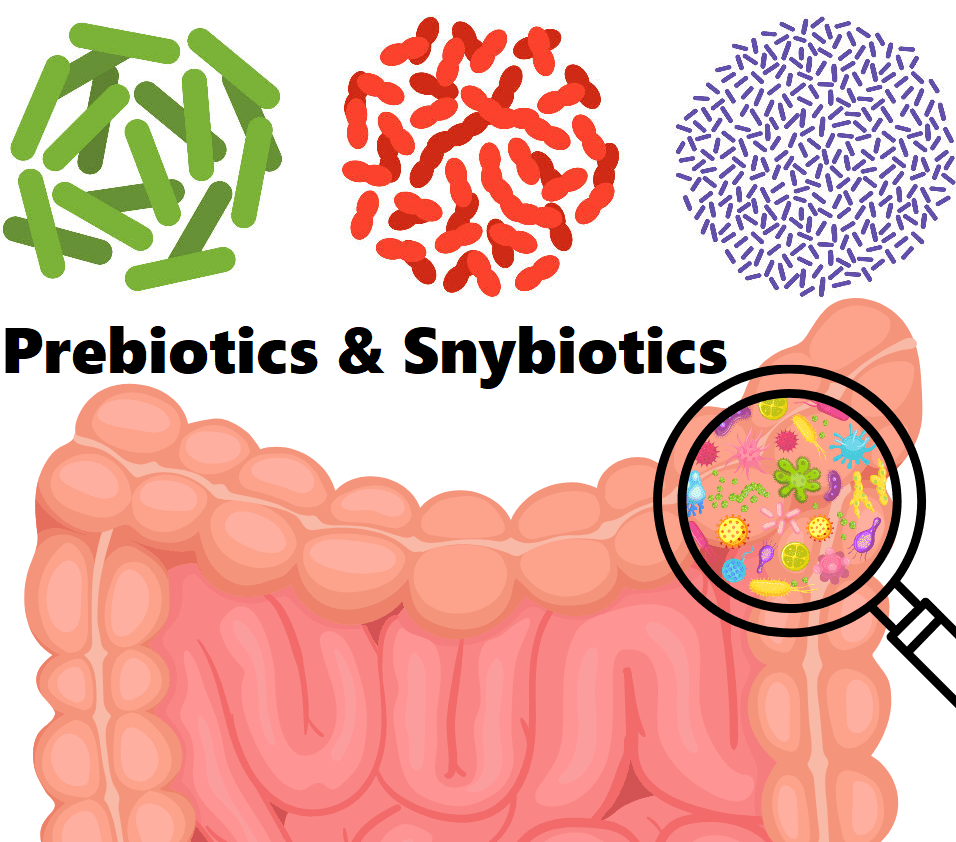The history of gene therapy techniques dates back to the early 1970s and 1980s when scientists (molecular biologists in particular) proposed the idea of using functional and therapeutic gene as medicines to treat genetic disorders in man. Though the idea received little support as at the time, gene therapy techniques is still in its experimental phase and research is still on going to make this innovative field of molecular medicine widely acceptable for the management of some molecular diseases.
The Mendelian “Garden pea experiment” which showed that traits can be transferred from parents to their offspring’s in a defined and predictable manner, a process known as hereditary gave impetus to this experimental field of molecular medicine which is used to rectify or correct defective genes in individuals with genetic disorders.
Gregor Mendel’s experiment on garden pea plant which showed that traits could be inherited by offspring’s from their parents as genes laid the solid foundation that ushered in the field of genetics; which today have allowed scientists to attempt gene therapy techniques. Though still at its infancy and at an experimental stage, the techniques of gene therapy owes its growth to the discovery of the DNA (as the genetic material).
The identification of the actual carrier of genetic information in a cell (i.e. the DNA) by Watson and Crick in 1953 coupled with the discovery of restriction enzymes and the genetic code amongst other genetic engineering techniques including the emergence of the recombinant DNA technology boosted the study and application of gene therapy to manage some genetic disorders in human.
These advances in recombinant DNA technology and/or molecular biology gave molecular scientists (in particular gene therapists) the impetus to effectively manipulate and alter the genetic makeup of an individual with a view to correcting a faulty gene.
Restriction enzymes allows biologists to cut DNA at specific sites; and with the knowledge of the genetic code, the actual sequence and flow of informational molecules in the cell of an organism (i.e. DNA – RNA – Protein) can be decoded by molecular biologists and the information used to repair faulty genes or cells.
The concept of transferring genes to tissues for clinical applications has been discussed for a long time, but man’s ability to manipulate the genetic material (i.e. the DNA) through the principles of recombinant DNA technology has only brought this goal to reality via gene therapy.
The first genetic disorder to be treated with gene therapy techniques was adenosine deaminase (ADA) deficiency otherwise known as severe combined immune deficiency (SCID), a genetic disorder that leaves its victims with weakened immune system. This first treatment using gene therapy techniques occurred in the United States of America and in 1990 in a 4 year old girl who suffered from SCID (a rare congenital genetic disease). White blood cells or lymphocytes (i.e. T cells) were medically extracted from the lad and genetically engineered with a retroviral vector bearing a normal ADA gene for the synthesis of adenosine deaminase, required for a functional immunity.
Adenosine deaminase is an important enzyme required for the synthesis of functional B and T cells; and a lack of this enzyme (especially congenitally) causes a marked reduction in the numbers of functional lymphocytes essential for fighting infectious diseases in the body. The genetically modified ADA gene was then reinjected into the child, and normal adenosine deaminase synthesis was restored but the patient later died from complications that ensued from the treatment.
However, a similar genetic disorder in children known as X-Linked Severe Combined Immunodeficiency (X-SCID) or bubble boy syndrome (a genetic disease that only affect the male child) was successfully treated and cured in Paris, France in 2000; and this marked the first genetic disease that was successfully treated with gene therapy techniques. Gene therapy has experienced some series of setbacks due to the death of some genetic disorder patient’s who passed through clinical trials of the gene therapy techniques.
These setbacks have limited gene therapy to only an experimental discipline but the approach is being considered as possible cure to some genetic disorders in some developed countries especially in Europe and USA. Gene therapy may in the near future replace the customary way of treating diseases or infections which usually involves the use of drugs and surgery; and this is because gene therapy techniques when fully developed can afford physicians the opportunity of treating diseases by the insertion of functional therapeutic DNA or proteins that specifically target a particular disease condition.
Some of the diseases being investigated for gene therapy techniques include sickle cell disease, various types of cancer, cystic fibrosis, Huntington’s disease, Down’s syndrome and haemophilia amongst other genetic disorders. Several controversies still surround the application of gene therapy techniques in clinical medicine due to some ethical issues and safety of the practice. Nevertheless, the future prospects of gene therapy applications are bright; and this experimental discipline holds the potential to revolutionize the practice of medicine worldwide.
References
Alberts B, Bray D, Johnson A, Lewis J, Raff M, Roberts K and Walter P (1998). Essential Cell Biology: An Introduction to the Molecular Biology of the Cell. Third edition. Garland Publishing Inc., New York.
Dale J (2003). Molecular genetics of bacteria. Jeremy W. Dale and Simon Park (4th eds.). John Wiley & Sons Ltd, West Sussex, UK.
Edelstein, M. L., Abedi, M. R., Wixon, J., and Edelstein, R. M. (2004). Gene therapy clinical trials worldwide 1989-2004—an overview. J Gene Med, 6: 597-602.
Ferrua, F.; Brigida, I.; Aiuti, A. (2010). Update on gene therapy for adenosine deaminase-deficient severe combined immunodeficiency. Current Opinion in Allergy and Clinical Immunology. 10 (6): 551–556.
Gardlík R, Pálffy R, Hodosy J, Lukács J, Turna J, Celec P; Pálffy; Hodosy; Lukács; Turna; Celec (2005). Vectors and delivery systems in gene therapy. Med Sci Monit. 11 (4): RA110–21.
Horn PA, Morris JC, Neff T, Kiem HP; Morris; Neff; Kiem (2004). Stem cell gene transfer—efficacy and safety in large animal studies. Mol. Ther. 10 (3): 417–31.
S Li and L Huang (2000). Nonviral gene therapy: promises and challenges. Gene Therapy, 7:31-34. www.nature.com/gt
Salmons B, Günzburg WH; Günzburg (1993). Targeting of retroviral vectors for gene therapy. Hum Gene Ther. 4 (2): 129–41.
Sambrook, J., Russell, D.W. (2001). Molecular Cloning: a Laboratory Manual, 3rd edn. Cold Spring Harbor Laboratory Press, New York.
Sheridan C (2011). Gene therapy finds its niche. Nature Biotechnology. 29 (2): 121–128.
Vannucci, L; Lai, M; Chiuppesi, F; Ceccherini-Nelli, L; Pistello, M (2013). Viral vectors: A look back and ahead on gene transfer technology. The new microbiologica. 36 (1): 1–22.
Discover more from Microbiology Class
Subscribe to get the latest posts sent to your email.





